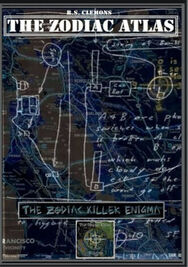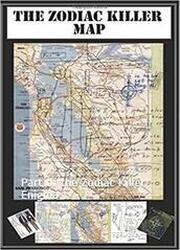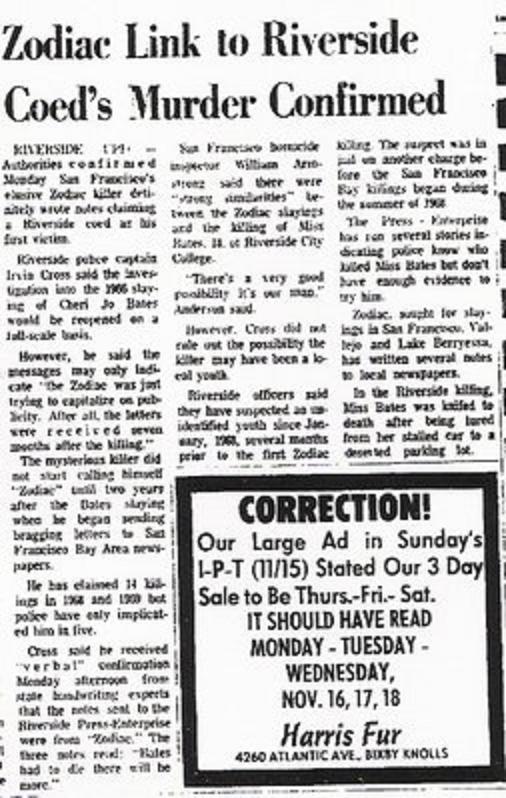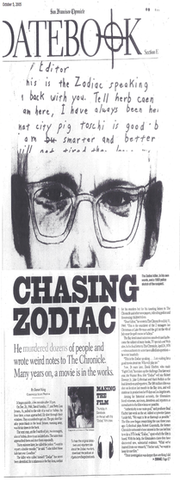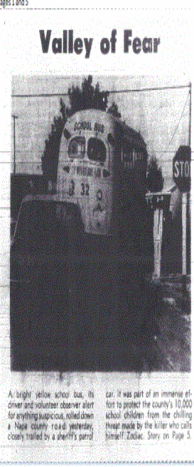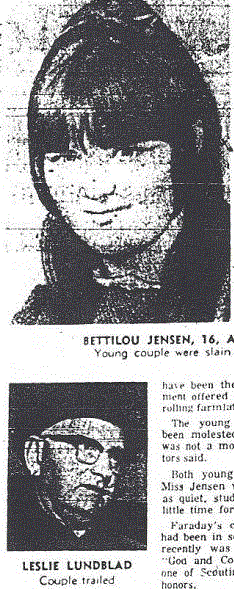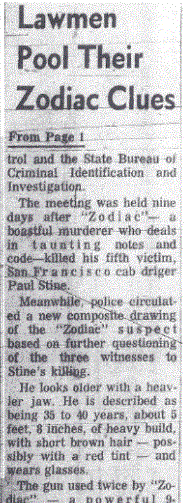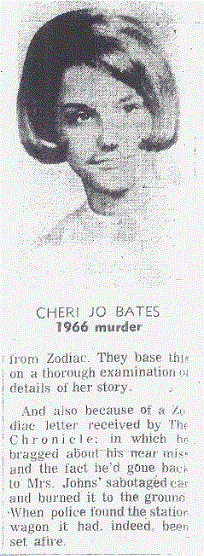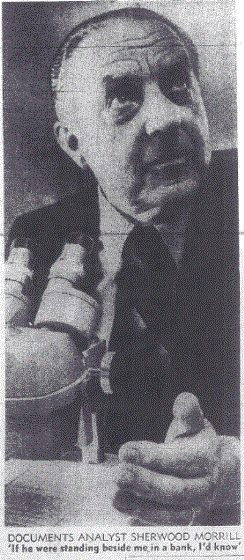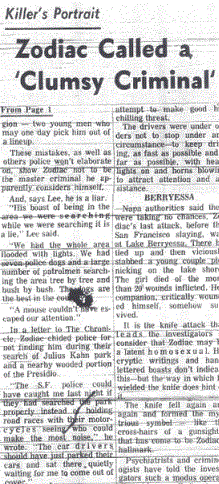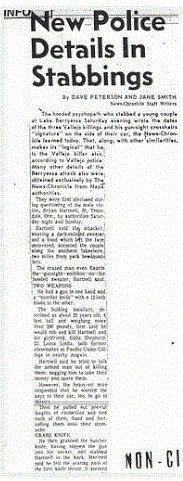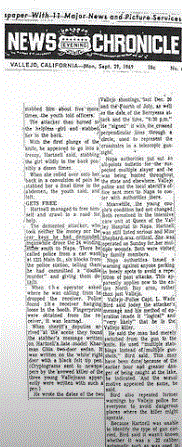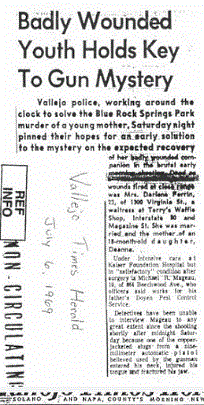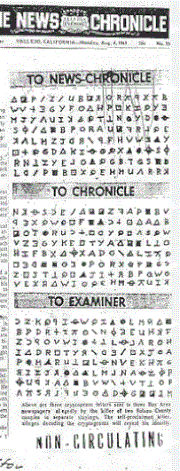However, all is not lost. During the analysis of the letters a small section of hair shaft was discovered beneath the stamp of the October 13th 1969 'Paul Stine' letter, in which the Zodiac Killer confessed to the murder of the taxicab driver. He would also send a small piece of the victim's bloody shirt within the communication. If there is one correspondence in the Zodiac case that without doubt came from the killer, this is it. This small fragment of hair may yet solve the Zodiac case or at the very least rule out the many suspects suggested as the Bay Area murderer.
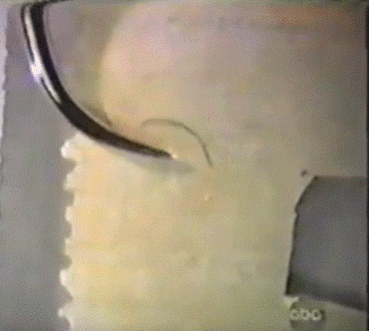
In the ABC Primetime documentary Dr Cydne Holt "discovers a reddish-brown hair stuck behind a stamp peeled from this letter". Since the Zodiac Killer can be inextricably linked to this correspondence, then he could very well be the donor of this hair. The hair didn't have any recognizable root structure, so nuclear DNA retrieval wasn't possible. The second option was mitochondrial DNA analysis but no progress has been reported with regards to this, or if it is even possible on such a small sample size.
However, there is something that may soon break this case wide open. A relatively new forensic tool that will hopefully prove the identity of the Zodiac Killer once and for all. If it doesn't identify the Zodiac Killer, then it could certainly rule out an individual as the donor of the hair on the October 13th 1969 stamp. This may not be the killer's hair, but in the absence of usable nuclear DNA on the letters it is our best opportunity at present to incriminate or eliminate suspects by harboring this new forensic tool.
Researchers at Lawrence Livermore National Laboratory in California have harnessed the power of "ectracting genetic information from proteins found in hair that is remarkably reliable."
"Proteins are more stable than DNA and are also more abundant in hair. Mutations in DNA get translated to proteins and sometimes they can even change the protein structure by swapping out one amino acid for another. “We’re looking for those changes in protein structure and by doing that we can infer what was in the original DNA,” says Deon Anex, a chemist at Livermore and co-author of the paper. In other words, even when DNA is absent or is degraded by light, heat or other environmental factors, benign variations in the proteins found in hair can be used to identify individuals.
Anex and his team analyzed hair from 76 men and women, who were mostly of European descent, as well as six sets of skeletal remains from the 1700s and 1800s. They found 185 distinct patterns of amino acids, called markers, that allowed them to trace the individuals’ genetic identities. They also compared their protein identification method to known DNA samples from the individuals' blood and were able to correctly identify the person who shed the hair 98.3 percent of the time. The chance of getting a false positive from the protein analysis was just 1.98 percent." link.
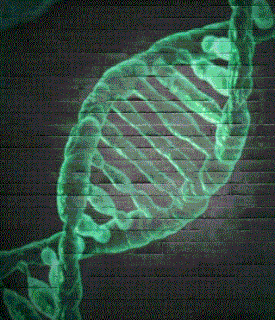
The new protein identification technique will offer another tool to law enforcement authorities for crime scene investigations and archaeologists, as the method has been able to detect protein in human hair more than 250 years old.
Once the method is optimized, the researchers believe they could use protein markers from a small number of human hairs, possibly as little as one, to distinguish an individual among the world’s population.
The researchers believe that the number of individual protein markers that can be used to differentiate people could go as high as 1,000. Protein markers also can be found in other tissue types, such as shed skin cells, bones and teeth, and the scientists have started studying how people can be identified using the latter two tissues.
Using their current sample sizes, the researchers are able to find enough markers to provide a unique pattern for an individual that would distinguish that person among a population of one million.' link.
With the small sample size required these protein markers in the fragment of hair on the October 13th 1969 stamp may one day identify the Zodiac Killer. At the very least, it should certainly diminish the ever widening suspect pool.
This forensic tool may also shed light on the murder of Cheri Jo Bates in Riverside on October 30th 1966. Hair from a blood clot was found at the base of Cheri Jo Bates' right thumb.




 RSS Feed
RSS Feed



